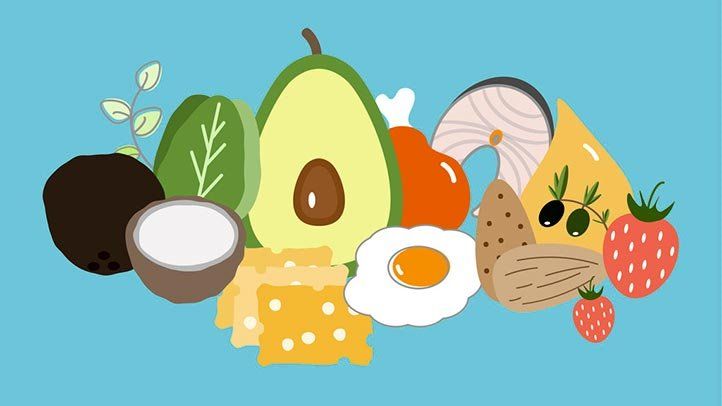Is Keto and Ketosis Safe?

The ketogenic diet and ketosis are safe. Not only are they safe, but they are useful in helping people with many different conditions. The ketogenic diet has helped cancer patients, people with diabetes (type 1 and type 2), women with polycystic ovary syndrome, people with heart disease, and many others.

Rumors Spread Like Ketones in an Insulin Deficient Body
One of the primary goals of the ketogenic diet is to enter ketosis (a normal metabolic process when ketones are produced for fuel). Ketosis is primarily regulated by the liver, which helps produce enough ketones to meet the body’s needs.
However, ketone production can get out of hand when insulin is deficient, leading to ketoacidosis. This may be where the rumor that keto and ketosis are not safe came from.
Ketoacidosis — A Serious Condition That Is Not Caused By The Ketogenic Diet

Ketoacidosis is a serious condition caused by uncontrolled diabetes. It is brought on by being born without the ability to produce enough insulin (type 1 diabetes) or living a lifestyle that promotes insulin resistance (type 2 diabetes).
In both cases, there isn’t enough insulin to tell that cells that energy is available (insulin deficiency). The lack of insulin signaling causes the fat cells and liver cells to go into starvation mode, even after a calorically dense meal.

The fat cells begin to dump triglycerides into the blood to provide the other cells with energy because the cells are perceiving that there is no fuel available. Meanwhile, the liver starts mobilizing stored glycogen and using gluconeogenesis and ketogenesis to provide the body with sugar and ketones that it doesn’t need.
All of this causes blood sugar to rise to unhealthy levels, while the lack of insulin signaling allows ketones to build up in the blood. The excess sugar and ketones will then start to draw water out of the tissues, into the blood, and out of the body in the urine.
With less water in the blood, the acidity of the ketones makes the blood so acidic that the body enters a state called “metabolic acidosis.” In other words, the blood becomes so acidic that the body cannot function properly.
The first evidence of ketoacidosis are these symptoms:
- Vomiting
- Abdominal pain
- Dehydration
- Drowsiness
- Blood glucose that is above 250 mg/dl
- Blood pressure that is less than 90/60
- Resting heart rate above 100 beats per minute
The good news is that ketoacidosis is preventable. By following a ketogenic diet, both type 1 and type 2 diabetics can have healthier blood sugar and ketone levels, and they will be more likely to experience the benefits of ketosis (as long as they keep their insulin levels in check). In fact, the ketogenic diet has even helped many people to get off all of their diabetes medication.
Now that the biggest safety concern about keto and ketosis is behind us, we must dig into the negative side effects that many people may experience when starting the ketogenic diet. Side effects that are otherwise known as the “keto flu.”
The Keto Flu — The Main “Safety Issue” With Keto

The side effects that you may experience while your body adapts to the ketogenic diet are known as the keto flu because they resemble symptoms of the actual flu.
These symptoms may include:
- Headache
- Fatigue
- Brain fog
- Increased hunger
- Poor sleep
- Nausea
- Digestive issues
- Decreased physical performance
- Bad breath
- Leg cramps
- Elevated heart rate

These symptoms are the result of your body’s response to carbohydrate restriction. During the ketogenic diet, insulin and glycogen levels drop causing a rapid loss of fluids and sodium.
The effects felt due to this flushing are the culprit of the most common keto flu symptoms, but they are no more dangerous than mild everyday dehydration.



